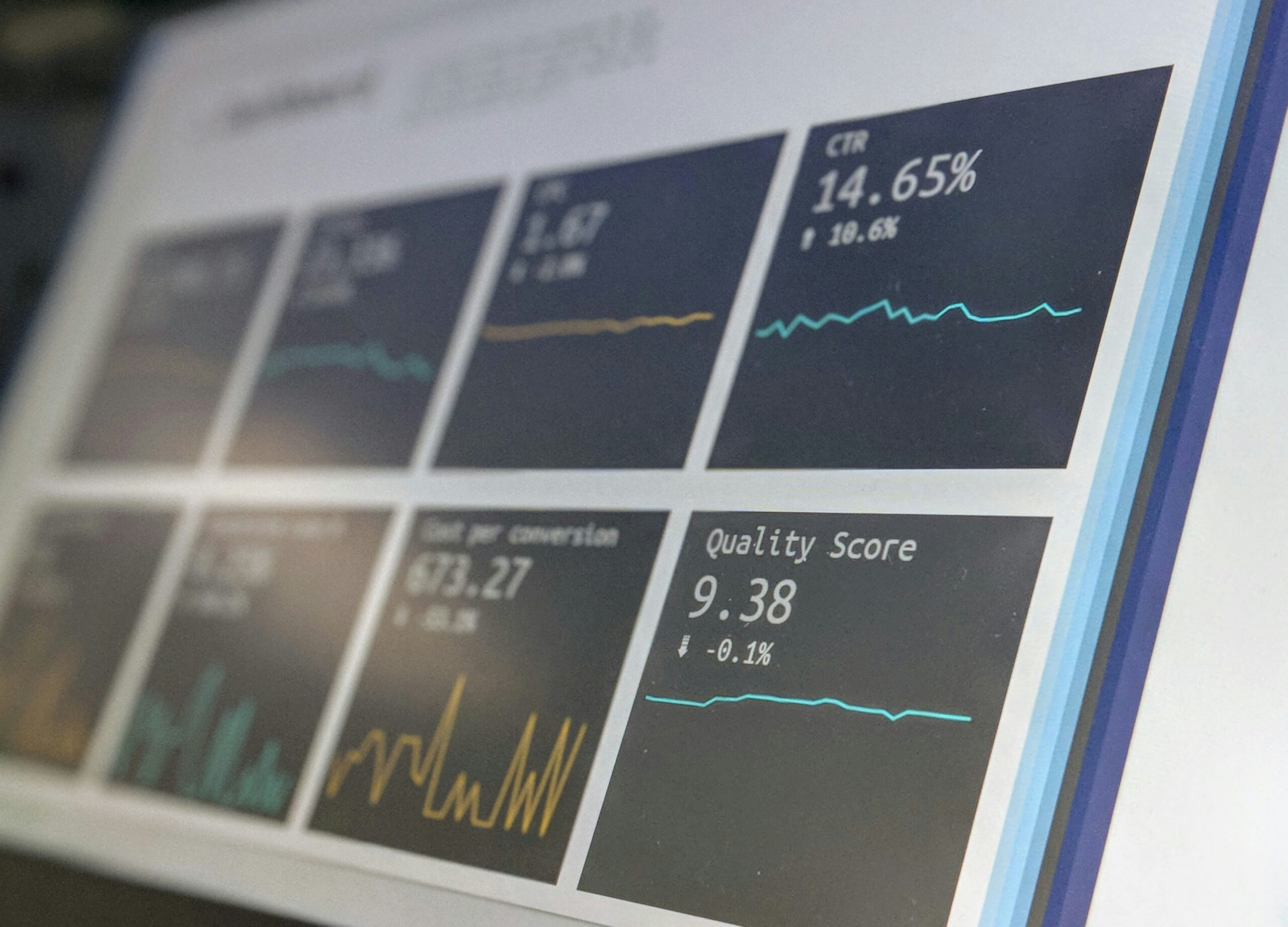We want to commend Connecticuter’s for
- Most unexpected/hardest to pronounce resident name
- The treasure that is data.ct.gov
- Smoking two thirds of an acre of pot in the month of April
Publicly available data from data.ct.gov shows that total April retail sales of cannabis were $23,962,720.00; with $15,620,292.87 coming from the Adult-Use market and $8,342,427.13 coming from the medical market. This is, counterintuitively, a 2.8% decrease from March’s $24,667,340 in sales. Is the 4/20 bump dead? Not quite, total products sold did increase by 1.7%, while average prices on flower, the largest segment, decreased by roughly 3% (more on these dynamics later).
Connecticut is a market seeing both steady growth and an eager population frustrated by licensing-related undersupply. But with 25 full-sized cultivation licenses still in the pipeline (12 “Active by Provisional,” 13 “Pending Division Approval”), plus an additional 8,500 micro cultivator lottery applications for just 4 licenses, just how much canopy will really be needed to supply the market?
To help answer these questions, the Fire Business Strategies team used our forecasting tools to calculate the amount of canopy and facility space that could be needed to satisfy the current demand for smokable flower.
In April of 2024 publicly available data shows that $11,274,125.10 worth of “Usable Cannabis” (Connecticut’s term for smokable flower) was sold in the state. This includes $4,162,107.98 from the medical market and $7,112,017.12 from the adult-use market. Like in many markets, usable cannabis is by far the largest product category by sales volume, making up 47% of total sales.
With only 13 currently licensed cultivators and a population of 3.6 million, the average price per gram of usable cannabis has been steadily rising since the summer of 2023, and, in March, reached the highest level since the state began tracking this metric in January 2023. Connecticuter’s are now, on average, paying $12.11 per gram of flower; or $42.39 per eighth, and $339.08 per ounce.
Based on these two values we determined that Connecticut purchased approximately 930,976.5 grams of flower. Our forecasting tools are capable of creating advanced simulations of yield outcomes, but, for simplicities sake, we assume that cultivators will be able to yield approximately 2500 wet grams per light, or 156.25 wet grams per square foot based on a 16 square footprint, and that 80% of that weight will be lost during the drying, curing, and trimming process, resulting in approximately 500 dry grams of saleable flower. After a 10% shrink, we get 450 grams per light, or 28 grams of saleable product per square foot of canopy.
Given these assumptions only 29,791.25 square feet, or .68 acres of flowering canopy would have been harvested to meet Connecticut’s April retail demand.
Importantly, these numbers do not include other product categories like concentrates or edibles. Though sales volumes in this industry tend to dramatically favor smokable flower, in many markets and facilities more biomass is cultivated for extraction, so this is a notable omission. They also are based on fairly conservative yield estimates, far from the oft-quoted, but in our view, unrealistic for the vast majority of operators, yield benchmarks of 100g per square foot (These numbers may be accurate for wet weight, but typical financial projections do not consider this conversion factor). Our shrink conditions are also favorable, but we estimate, with a 2-month flowering cycle, not more than 60,000 square feet, or 1.4 acres, of flowering canopy could have supplied Connecticut’s full April demand for dry cured flower at present price rates.
However, the shrink in revenue from March to April was notable. While some of this can be attributed to a 3% drop in the average gram price for flower, there are other regional markets which, legally or not, are almost certainly serving huge significant amounts of Connecticut demand. Massachusetts, for instance, continues to break sales records, is nearing a market volume similar in proportion to more mature markets like Colorado. Notably, as Connecticut’s revenue contracts, Massachusetts saw its best single-day sales on the 4/20 holiday this year, at $8.5m; over 25% of Connecticut’s entire April sales volume.
In sum, Connecticut’s current demand for flower is quite low, but likely does not represent the market’s full potential, and is likely more representative of the limited number of cultivators on the market.

